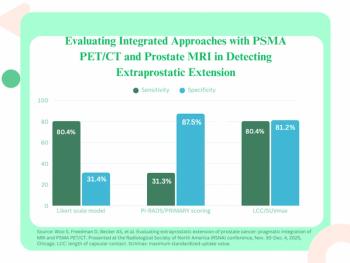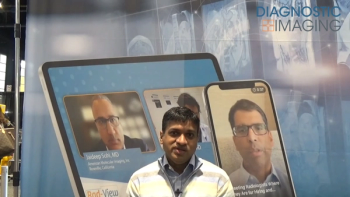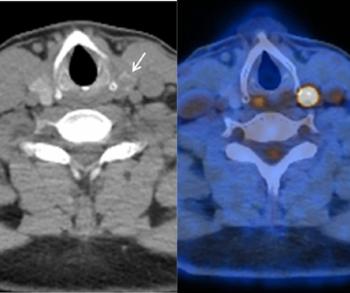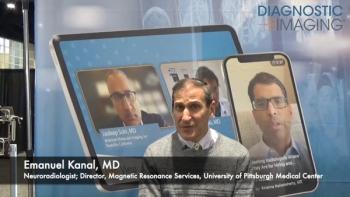Konica Minolta Launches Exa Teleradiology Platform
The cloud-based platform reportedly facilitates AI-enhanced teleradiology workflow efficiencies across multiple systems and facilities.
Offering a variety of tools to foster increased efficiency and imaging quality for remote radiologists, Konica Minolta has unveiled the cloud-based Exa Teleradiology system.
Developed in collaboration with the NewVue, the
The company said another key attribute is the Exa Teleradiology Viewer, which enables server-side rendering of images as well as 3D-generated segmentation and reconstruction of images for teleradiologists.
“In partnership with NewVue, we will deliver an expanded, cloud-first imaging solution that is built to meet the demands of modern teleradiology with unmatched workflow orchestration, performance and clinical value,” said Kevin Chlopecki, the chief operating officer for Konica Minolta Healthcare HCIT.
Newsletter
Stay at the forefront of radiology with the Diagnostic Imaging newsletter, delivering the latest news, clinical insights, and imaging advancements for today’s radiologists.





























